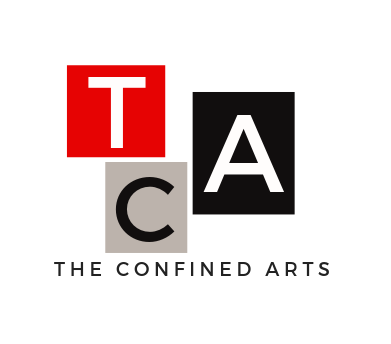Claiming the Visual Narrative is an interdisciplinary community arts initiative, which uses research and strategic arts engagement to:
METHODOLOGY
The Claiming the Visual Narrative Initiative executes its mission of targeting and undoing systemic oppression in popular culture in the form of community misrepresentation by forming Community Convening Cohorts (CCC). The CCCs are designed to be made up of different community stakeholders with its primary function to collaboratively conceptualize, fabricate, and install public art and media that represents the values and experiences of community members. The CCCs are designed to be formed in different spaces amongst different groups of people with the goal of using art in whatever preferred form to change public attitudes about individuals and communities impacted by the criminal legal system and inform representational policy solutions.
- Change perception about people impacted by the criminal legal system,
- Build relationships across different experiences to create more informed policy as well as strategic partnering to scale new and existing advocacy campaigns,
- Foster action toward collaborative and creative solution making.
METHODOLOGY
The Claiming the Visual Narrative Initiative executes its mission of targeting and undoing systemic oppression in popular culture in the form of community misrepresentation by forming Community Convening Cohorts (CCC). The CCCs are designed to be made up of different community stakeholders with its primary function to collaboratively conceptualize, fabricate, and install public art and media that represents the values and experiences of community members. The CCCs are designed to be formed in different spaces amongst different groups of people with the goal of using art in whatever preferred form to change public attitudes about individuals and communities impacted by the criminal legal system and inform representational policy solutions.
GoalsTransform the narrative of and generate healing within the community through the establishment and facilitation of a process for collectively creating and installing public art projects. This collaborative process will increase opportunities for cross fertilization and community relationship building, and most importantly, collective healing amongst community residents, law enforcement, and local arts organizations.
Form a cohort of community stakeholders committed to facilitating public art in a specific community. Relationship-building operating within the framework of partnership, rather than subordination will be key to the convening and sustaining of public art pieces that reflect community expression, representation and healing through the arts.
Develop a methodology and toolkit with recommendations for maximizing and deepening community engagement in the fabrication of neighborhood art.
|
objectivesCommunity members will have the opportunity to take charge of their personal and community narratives and present them in a way that feels just and authentic to their lived experiences. By engaging in an equitable and collaborative process, community members will feel an increased sense of trust and accountability toward community stakeholders. Ultimately, community members will feel heard, respected, and more accurately represented by the art in their neighborhood and throughout the creation process.
A cohort of neighborhood-based stakeholders will both strengthen existing and form new connections with one another, allowing them to more effectively identify overlaps in their work and desires for the community. The cohort will continue to support each other in community-strengthening efforts in the future.
TCA and proposed partners will develop, publish, and distribute a toolkit to community-based organizations and community representatives using the Claiming the Visual Narrative Project in Newark as its central case study. This toolkit will include methodology surrounding crucial considerations, best practices, meeting structured outlines, and a sample budget.
|


